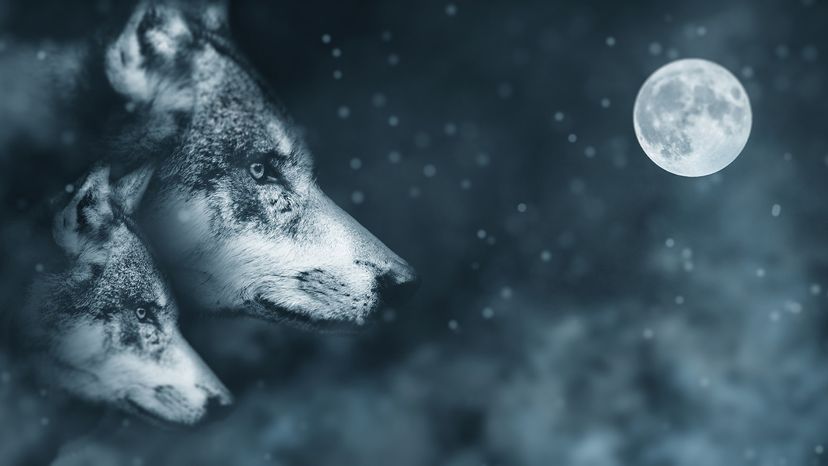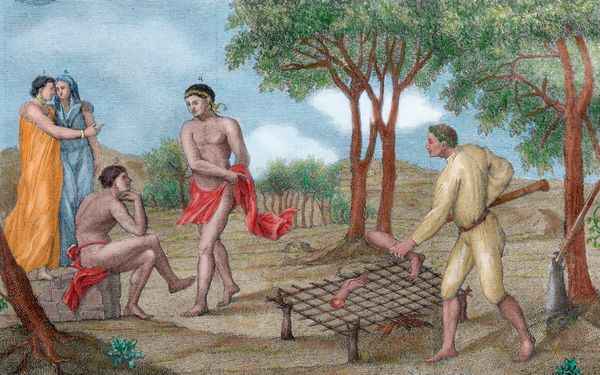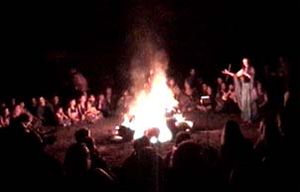Skinwalker Ranch (also known as Sherman Ranch) borders the Uintah and Ouray Indian Reservation in Utah and is a hotbed of strange phenomena. The cattle ranch has spawned a popular book ("Hunt for the Skinwalker"), a feature-length documentary of the same name and a History Channel series ("The Secret of Skinwalker Ranch").
As the story goes, Terry Sherman and his family gained widespread attention after encountering numerous inexplicable phenomena on their Utah property, famously dubbed "Skinwalker Ranch" in reference to Navajo legends of shapeshifting witches. The 512-acre ranch in the Uintah Basin has been the epicenter of numerous unexplained incidents, such as UFO sightings, livestock mutilations and other mysterious activities.
In 1996, the Sherman family sold the ranch to billionaire Robert Bigelow, who was significantly interested in paranormal activities. Bigelow established the National Institute for Discovery Science (NIDS) to investigate the paranormal incidents occurring there.
The ranch has since become synonymous with paranormal and UFO-related activities, spurring substantial intrigue, skepticism and various investigations, becoming a focal point for researchers and enthusiasts of the unexplained. In 2016, Robert Bigelow sold the ranch to Brandon Fugal.
"From encounters with mythical animals, to numerous cattle mutilations, poltergeist activity, crop circles, sightings of glowing orbs and even flying saucers, virtually everything you might call 'paranormal' has been reported at the ranch and surrounding properties," wrote Austin Craig in TechBuzz in 2021.
Fugal told the publication there was a 100-year-old history of paranormal activity, including skinwalker sightings, at the property.
The Ute Tribe Steer Clear of the Ranch
The Uintah and Ouray Indian Reservation is the home of the Ute tribe. At one time, the Ute enslaved some of the Navajo people and also joined with U.S. troops against the Navajo during the Civil War. The result was that the Navajo were expelled from their lands in the Four Corners area, though they returned later.
The Ute believed the Navajo put a curse on them and left shape-shifters among them because of their vile deeds. This is why, allegely, the Ute will not go near Skinwalker Ranch.
Previous owners of the ranch had reported strange occurrences. Fugal said he bought the cattle ranch in 2016 not believing he would see anything unusual. Six months later, he saw "UFO activity" in broad daylight.



